
Their background:
The estate has a rich history, having produced wine on and off since the 19th century. It has been a part of the same family since 1965, when they discovered the estate, which had been left in a state of dilapidation and ruin. They had ambitions to produce top class sparkling wines, and were the first in the US to make commercial sparkling wine with Chardonnay.
The winery has gone from strength to strength since then. Their wines have been used by presidents for state celebrations since 1972, when Nixon used it to toast to peace with China's then premier Zhou Enlai.
The location of their many vineyards:
Their vineyards stretch across four counties in Northern California, which include Napa, Sonoma, Mendocino, and Marin. They work with over 66 different vineyard plots, which are sub-divided into 121 smaller parcels. These are vinified separately to make an astounding 250 base wines that they then play around with and blend together to produce their extensive range of cuvees each year.
Climactic conditions:
Despite the broad area the grapes are sourced from, they all share similar climactic conditions. They are all situated closer to the coastline, and some are at elevated altitudes. Such sites are significantly cooler than those located further inland.
The coast benefits from cold oceanic currents that reliably produce dense fog banks that roll quite a distance inland. These fog banks provide moisture in an otherwise arid region, and offer protection from intense morning and early afternoon sunlight . This helps slow the ripening of the grapes, and preserve acidity, an essential component required for making top quality sparkling wine.
Wine making:
They make fizz in the same way as Champagne (known as the traditional method), giving vibrant, rich and complex styles.
The major difference between Champagne and California is the vibrancy of the style, with Californian fizz having a riper fruit profile that's well balanced by the fresh acidity that has been retained by the grapes.
The Champagne method follows the principles of double fermentation. The first is to make a standard wine, usually fermenting different blocks of fruit separately. This is then blended meticulously to produce the iconic flavour profile the producer is famous for. Once the blend is correct, it is put into bottle.
They then add what's known as syrup de tirage, which is a mix of yeast, nutrient and sugar before placing a crown cap on the bottle. This mixture triggers a second fermentation inside the bottle. The crown cap traps the Carbon Dioxide produced, which dissolves into the wine and produces fizz.
The wine is then matured for a number of years with the left over sediment left inside. This sediment imparts toasty, biscuity, savoury flavours, and the wine's components start to integrate with acidity, fruit flavour and savoury characteristics mingling together, along with a softening to the fizz.
Eventually, the sediment is disgorged, and any necessary dosage is added to the wine, depending on the style being produced. Whether Brut nature, Brut, Extra dry etc.
The wine is then ready to either mature for longer, or be released ready for drinking.
The wines
Schramsberg Blanc de Blancs 2016:
Blanc de Blancs translates to white from whites. This means that all grapes going in to this wine are white grapes, specifically Chardonnay in this instance.
As well as the lengthy process described above, Schramsberg also use a mixture of stainless steel and barrel fermentation to add another level of complexity to the style.
These wines will last many years in the bottle if stored carefully.
A complex nose of citrus, cream, biscuits and ripe red apple continues on the palate. The mouth watering acidity inter plays with the bubbles to give a lovely foamy mouthfeel, which leads on to a textural, creamy and savoury finish.
This will pair incredibly well with seafood. It would also go nicely with pork and chicken dishes. Has enough structure and concentration of flavour to stand up to rich, creamy sauces, and aromatic curries.
Champagne method sparkling wines are amongst the few styles that can blend red wine with white wine to create a rose.
This one is done using the saignee method, however, where red grapes are gently pressed to extract a small amount of pigment and red fruit flavour without extracting the structure and texture of a red wine. This is the process that Provence follows in the production of their rose styles.
The wine then follows the same principles as outlined above. To preserve the vibrancy of the fruit, the wine sees less oak, and less time maturing. The flavours are more fleshy, reminiscent of strawberries and cream with toasty, more savoury undertones, which blend nicely with the vibrant fruit flavours.
This is one to try with sushi and delicate Asian dishes. Schramsberg also recommend having it alongside a backyard BBQ. A versatile wine and a great aperitif too.

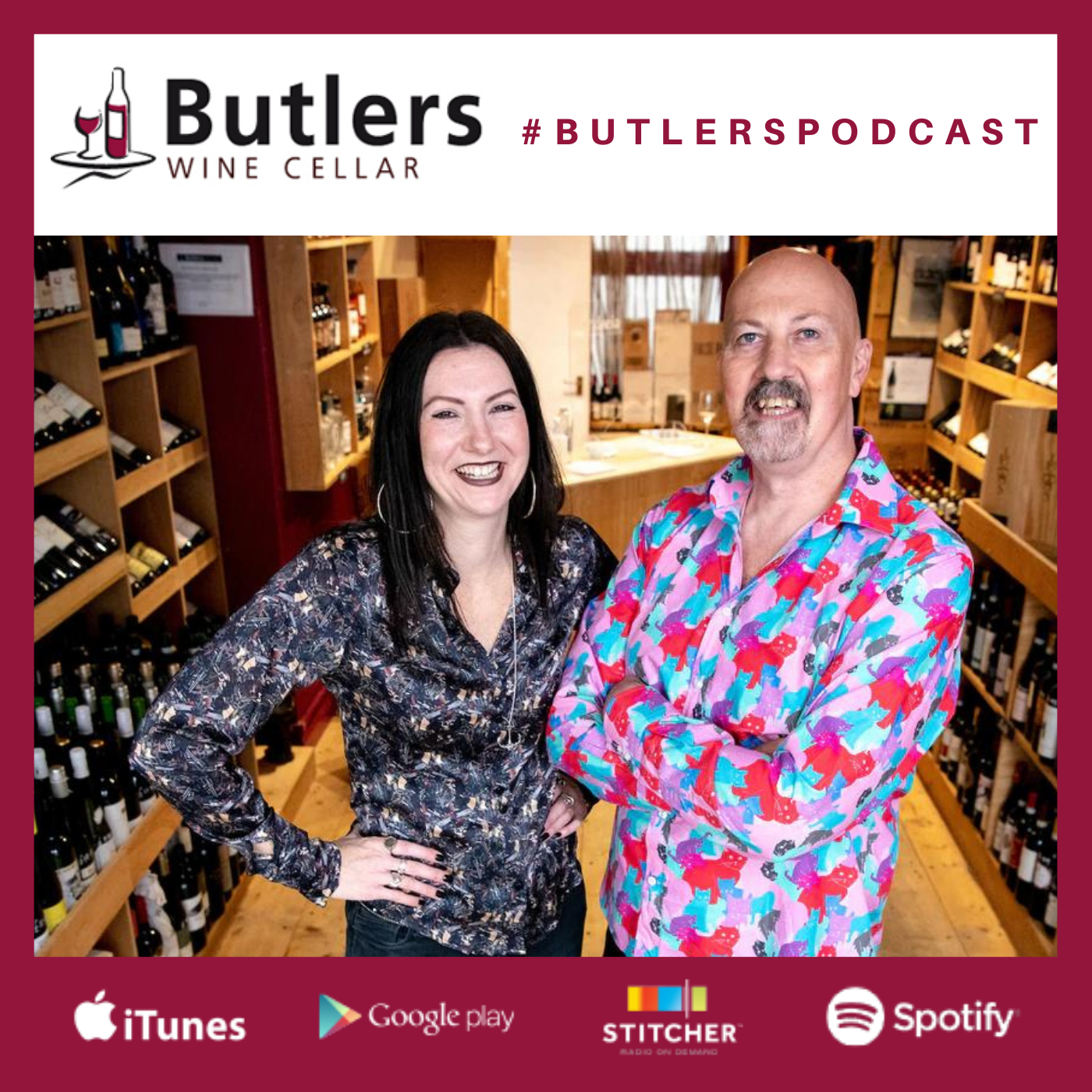

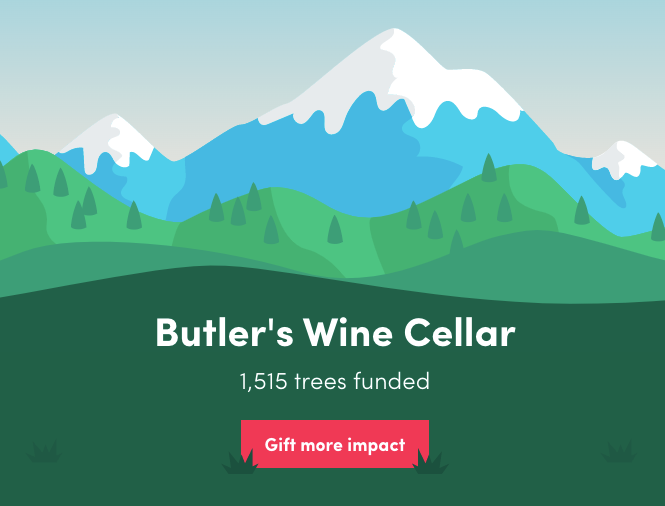


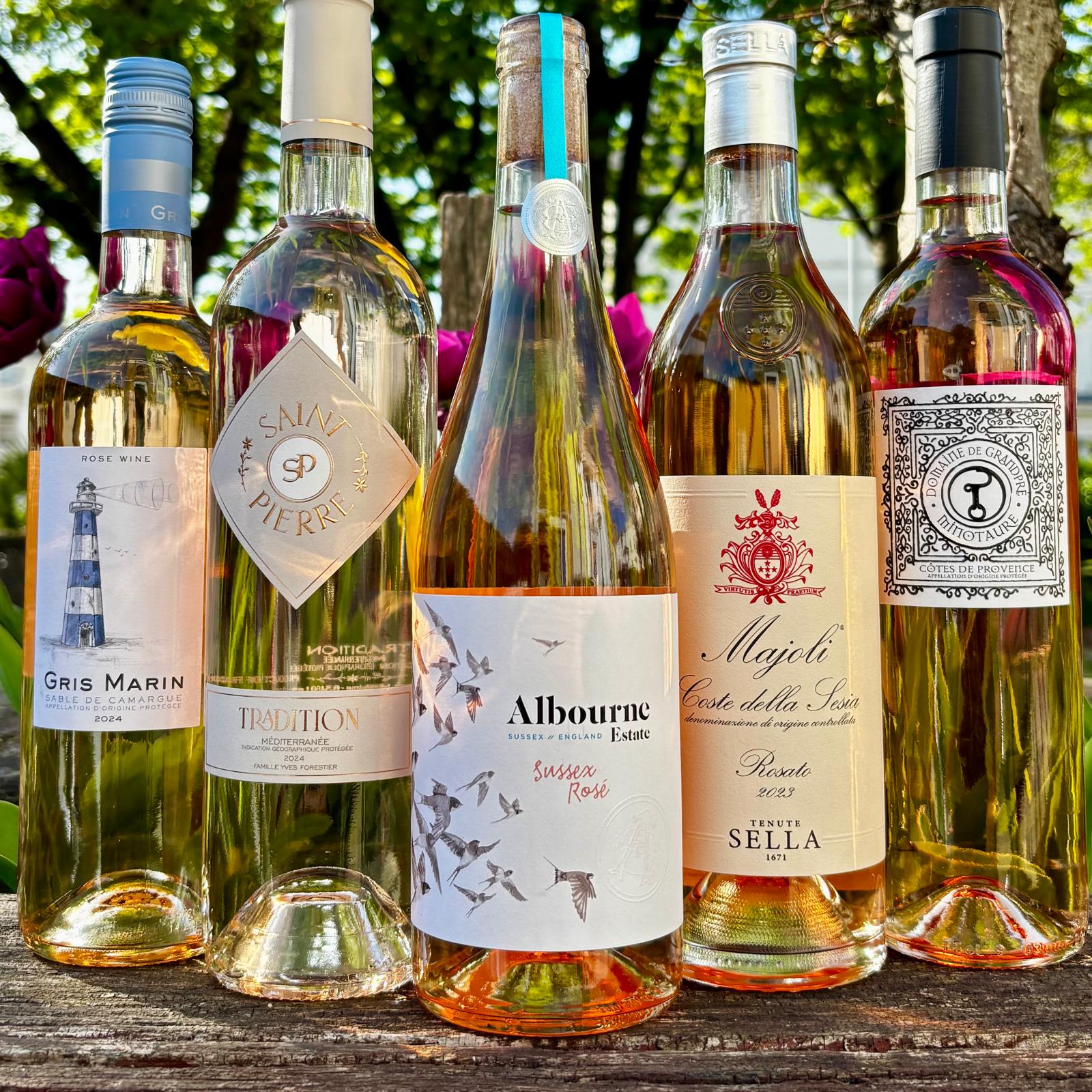
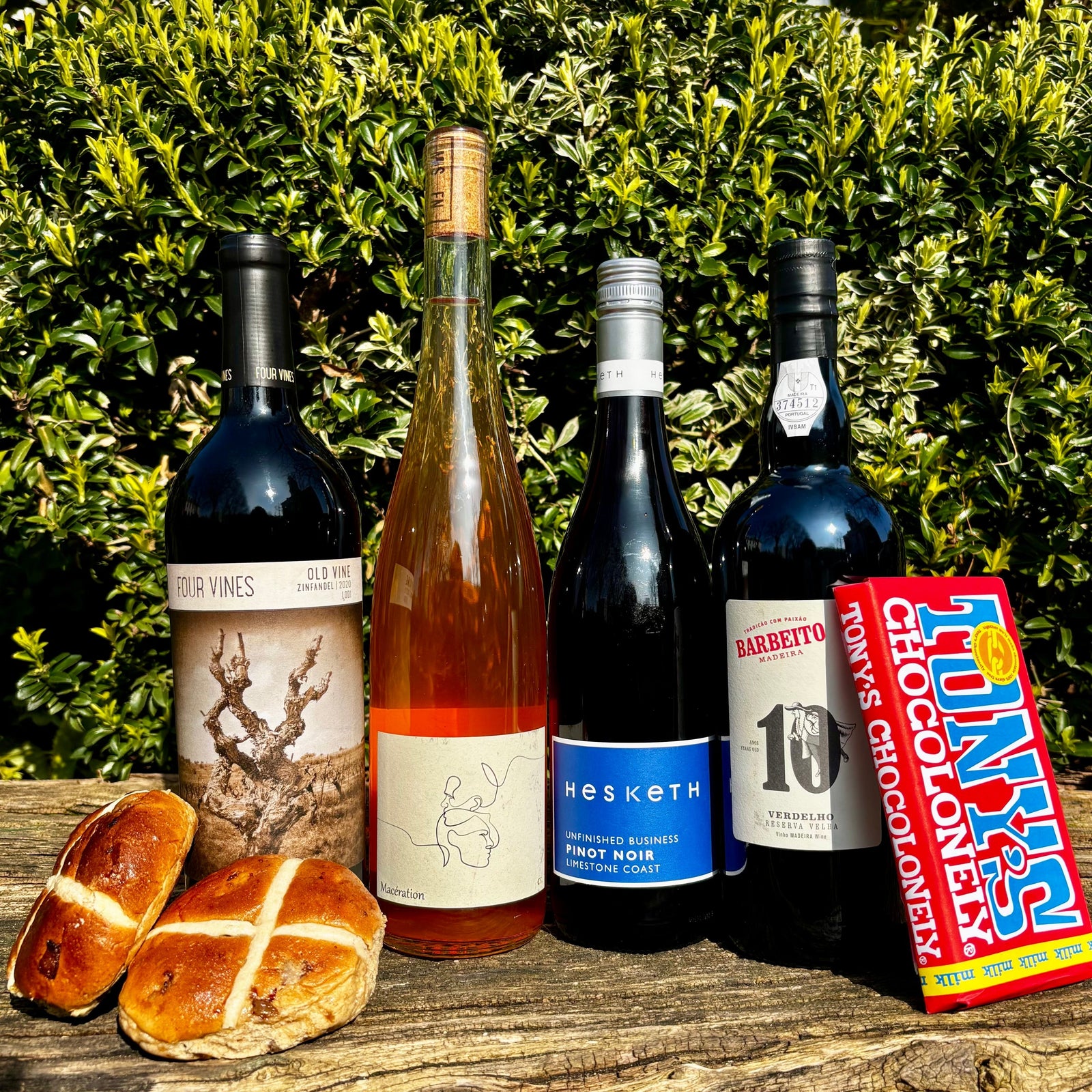
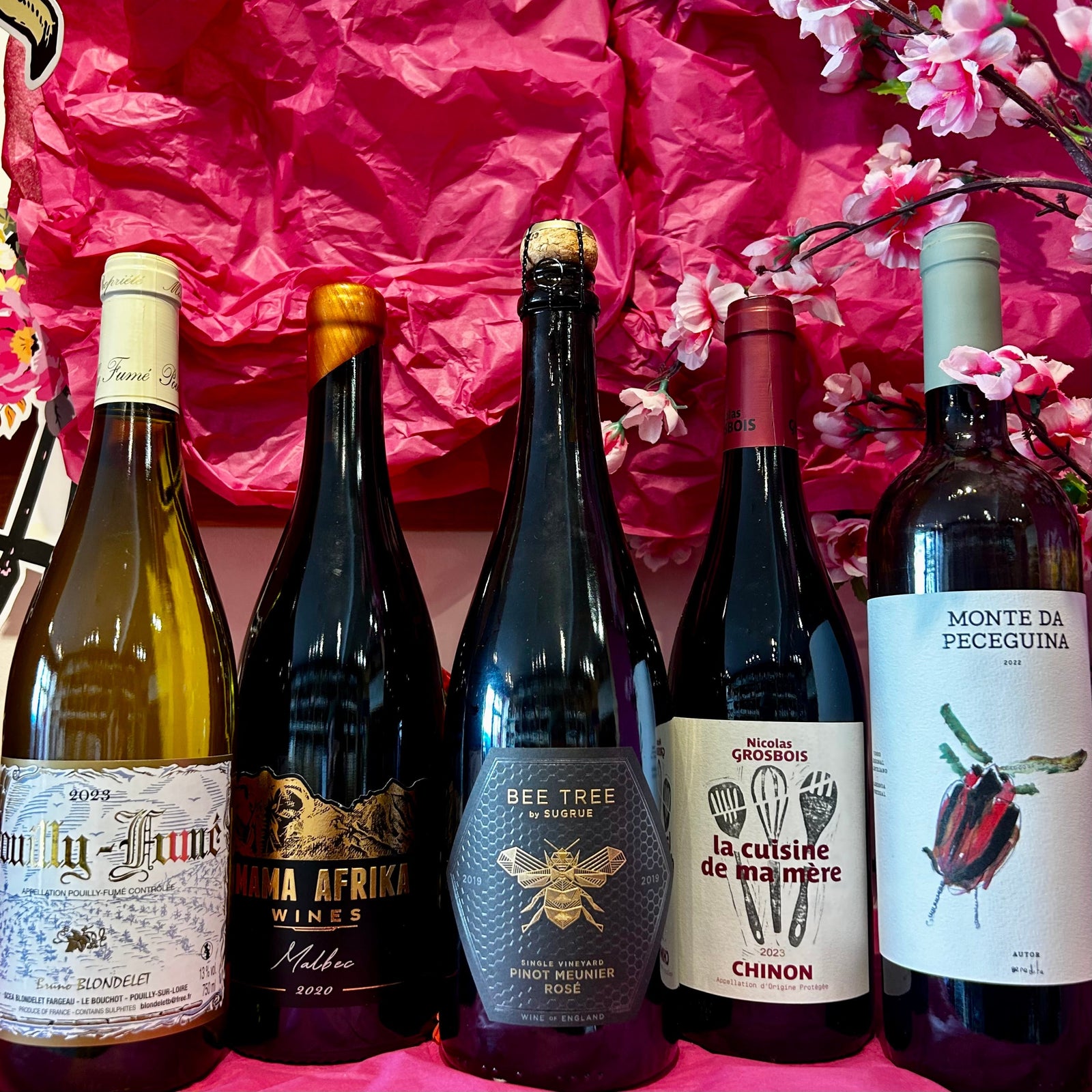
Leave a comment (all fields required)